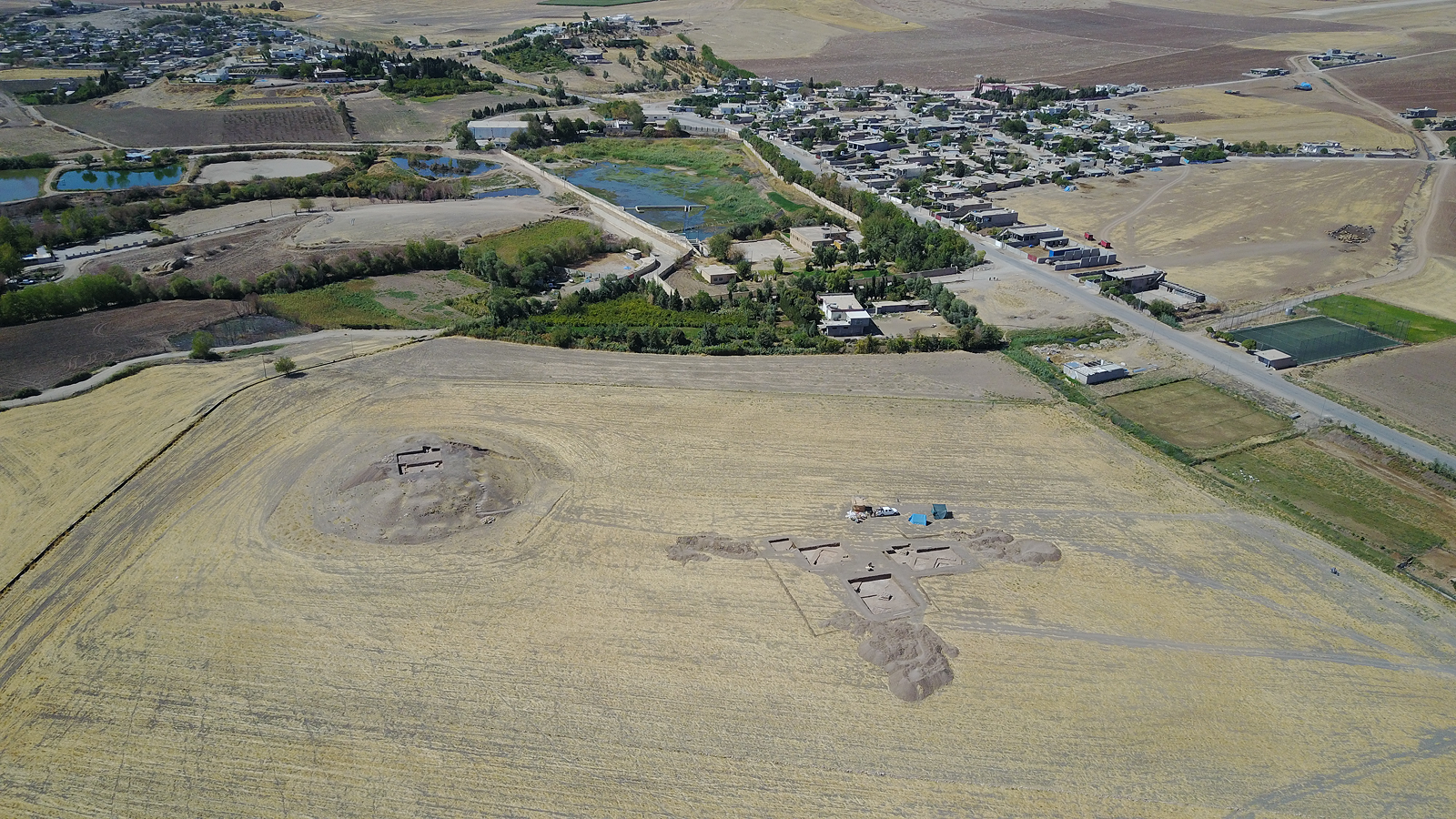'Emotional Map' Reveals Where Human Body Feels Gentle Touch

WASHINGTON — From the stroke of a mother's hand to the embrace of a lover, sensations of gentle touch activate a specialized set of nerves in humans.
The brain is widely believed to contain a "map" of the body for sensing touch. But humans may also have an emotional body map that corresponds to feelings of gentle touch, according to new research presented here Sunday (Nov. 16) at the 44th annual meeting of the Society for Neuroscience.
For humans and all social species, touch plays a fundamental role in the formation and maintenance of social bonds, study researcher Susannah Walker, a behavioral neuroscientist at Liverpool John Moores University in the United KIngdom, said in a news conference. [Top 10 Things That Make Humans Special]
"Indeed, a lack of touch can have a detrimental effect on both our physical health and our psychological well-being," Walker said.
Human contact
In a clinical setting, physical contact with premature infants has been shown to boost growth, decrease stress and aid brain development. But not much research has focused on the basis of these effects in the nervous system, Walker said.
The human body has a number of different kinds of nerves for perceiving touch. Thicker nerves surrounded by a fatty layer of insulation (called myelin) identify touch and temperature and rapidly send those signals to the brain, whereas thinner nerves that lack this insulation send sensory information more slowly.
Get the world’s most fascinating discoveries delivered straight to your inbox.
Recently, scientists discovered a subset of these smaller nerves, called C-tactile afferents, that respond specifically to feelings of gentle touch. But Walker wanted to know how these nerves are arranged in the body, and whether simply seeing another person being touched would elicit the same pleasurable feelings as those someone experiences when being touched.
In the study, the researchers touched people on different parts of their bodies, including the back, the upper arm, the forearm and the hand. They stroked each of these regions at different speeds.
When people were asked to rate the pleasure of each touch, they reported it was most pleasant when they were touched on the back, and least pleasant when they were touched on the forearm. These body regions correspond to the concentrations of gentle touch nerves, the researchers said. In other words, the back contains the most of these types of nerves, while the forearm contains the fewest.
It turns out that these gentle-touch nerves respond most strongly to being touched at a particular speed, between 1.2 and 3.9 inches per second (3 and 10 centimeters per second). The participants in the study reported that the most pleasurable touches were those that matched this optimal speed.
Measuring enjoyment
The researchers also showed people videos of other people being touched, and they found the viewers experienced a response similar to that when they were touched themselves.
The findings, which have not yet been published in a scientific journal, suggest that mammals have evolved a specialized system of nerves that convey the pleasure of gentle physical contact, and that these nerves form the basis of an emotional map of the body.
In the future, Walker and her colleagues plan to measure the movement of smiling facial muscles in response to being touched gently, to see whether these sensations produce an automatic feeling of enjoyment.
Other research presented here this weekend found that a person's enjoyment of being touched depends very much on the context. For example, a study of heterosexual men found that they reported a touch as much more pleasant when it came from a woman as opposed to from another man.
Although Walker's study focused mostly on the positive effects of gentle touch, different people probably experience a range of pleasure, Walker said.
Follow Tanya Lewis on Twitter. Follow us @livescience, Facebook & Google+. Original article on Live Science.



